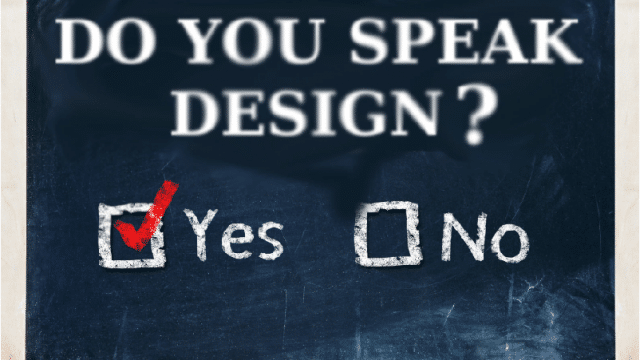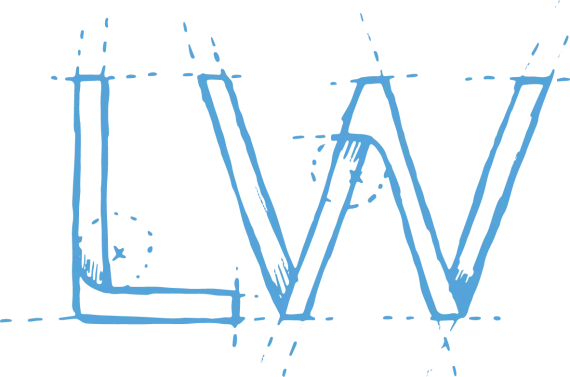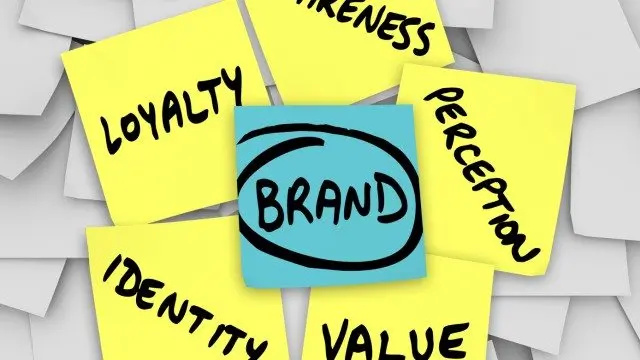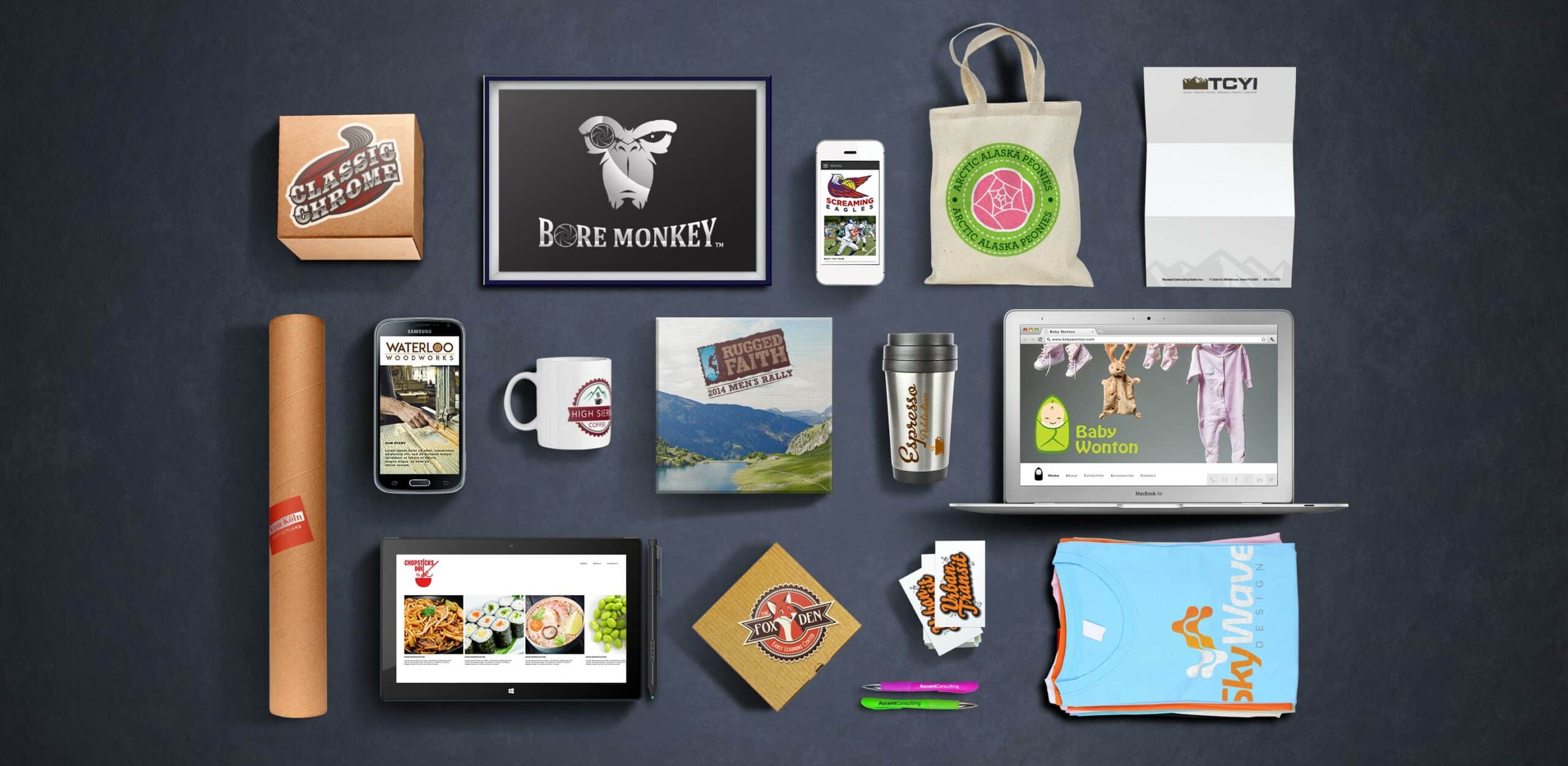Graphic design has a language of its own—from technical terms to schools of thought and beyond. Let’s journey through a few particularly evocative, important, and inspiring words and phrases.
Art Deco. A visual arts design style that emerged in post-World War I Paris, Art Deco is characterized by curves, sunbursts, zigzags, motion lines, aero dynamism, and streamlined forms. Art Deco communicates a deep enthusiasm for speed and machinery, and it usually contains plenty of geometric shapes. Text and image are often seamlessly integrated.
International Style. Also known as Swiss Style, it was developed in Switzerland in the 1950’s and soon adopted by designers worldwide thanks to its notable precision, clarity, and distinctive readability. Uniformity and the absence of ornamentation are central to the International Style, with all design elements conforming to geometric shapes and grid lines. Today, elements of this minimalistic style—such as an amplitude of white spaces, defined structures, and sans-serif fonts (usually Helvetica)—have been successfully adapted to website design. It still holds significant power today in the realm of corporate identity, and famous logos exemplifying the International Style include IBM, Lufthansa, and Chase.
Isotype. This visual program for displaying facts and quantitative information has its roots in the very origins of graphic design, as it found its inspiration in the forms of Egyptian hieroglyphics and ancient storytelling. Created by the Viennese philosopher, economist, and social scientist, Otto Neurath, in the 1920s, the Isotype system (International System of Typographic Picture Education) essentially consists of pictograms, or simplified pictures of people and things, designed to function as repeatable units to communicate with people of all ages and nationalities. Isotype, with its emphasis on universality, pioneered a new method of visual communication that has greatly influenced the field of information design.
Plakatstil. This poster style of art emerged in Germany in the early 1900’s and was highlighted by flat colors and shapes. From this aesthetic emerged a new form of advertising: the sachplakat, or “object poster.” Such posters had the advertised object thickly outlined and strikingly placed on a flat color background. Most often, text was simply a spelling-out of the brand name. This pared-down approach—doing away with marketing copy and overabundant imagery—is one of the earliest instances of the graphic representation of industry and commerce, a style that has had a tremendous influence on the concept of logo design ever since.
– Language Department: Graphic Design Styles and Expressions




